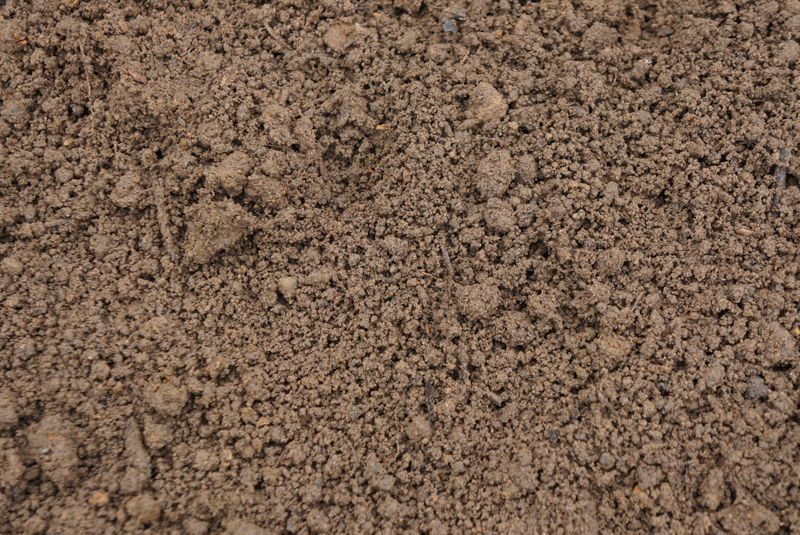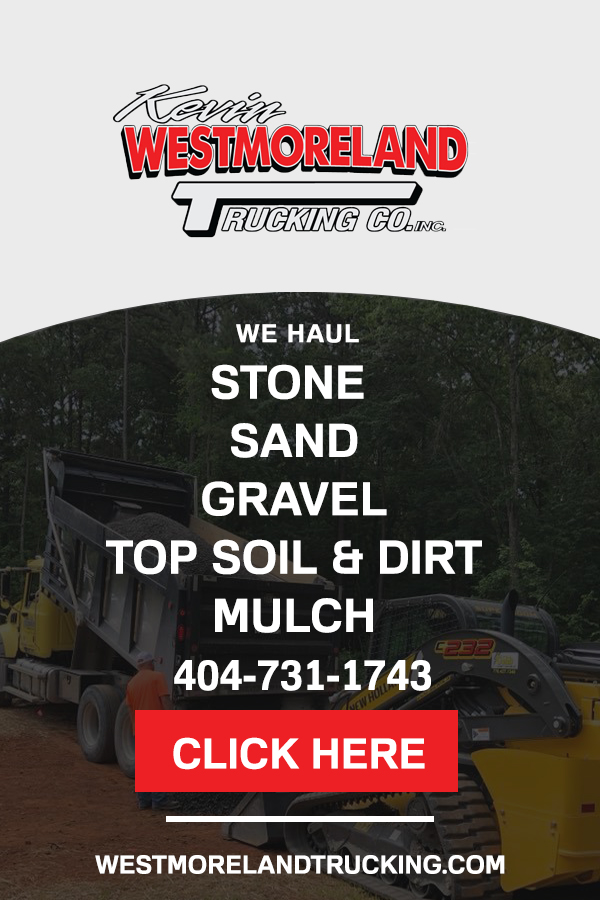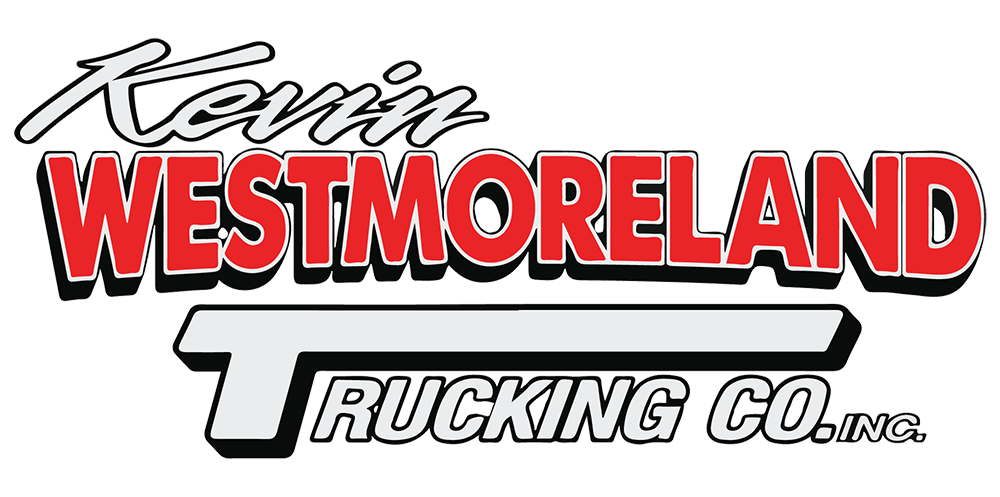
Topsoil/Dirt
How Does Topsoil Work?
Like the name implies, topsoil rests on top of your natural soil bed. It’s the first layer of soil, usually about 2 to 8 inches. Your plants are born of it. Plant success depends on the nutrients, pH balance, water retention and aeration of this layer. Without a vibrant layer of it, your plants will struggle to survive, much less thrive.
All soil contains clay, sand and silt. The ratio of the three matters an enormous amount. Topsoil contains a little extra; about 10 percent of it is organic matter from plants and animals. The organic matter introduces critical compounds that soil life feeds on.
Bacteria, fungi, nematodes and other microscopic organisms thrive in topsoil. In fact, a teaspoon of it can contain 1 billion bacteria. They eat the organic matter and minerals and convert them into nutrients for the plants. Their byproducts keep the soil porous by binding everything into particulates that crumble easily.
Best Uses for Topsoil
Topsoil is native to the region and perfect as a filler, soil amendment or base for a new lawn.
Start a New Lawn
If you’re moving into a newly built home or pulling up an old lawn to fix issues, you’ll need a layer of topsoil to plant in. You’ll want to loosen the first couple inches of soil, disposing of debris and breaking up larger chunks.
If you don’t know how much you need, contact and expert. Spread it evenly, fertilize and till the soil. You want to till deep enough that you get into the subsoil. Get a good mix of the topsoil, subsoil, and fertilizer.
Lastly, add your grass seeds liberally and lay a small amount of topsoil over the seeds to prevent them from blowing away. Water daily for a couple weeks. With your new fertile layer of topsoil, you should get a lush lawn growing quickly.
Regrade Your Lawn
The ground around your home or property should slope downward 2 to 3 inches every 10 feet. If it slopes less, you may get drainage problems. If it slopes more, you may get erosion.
To fix problem areas, you’ll need to pull up your old topsoil in those places. Cart the old stuff away, revealing the subsoil underneath. Now you can scrape away the high areas and use that soil to fill in the low areas.
Now it’s time to order the topsoil. Use our handy calculator to determine the amount you need. Spread 2 inches of it on the exposed subsoil, then till about 4 inches. You want to mix the subsoil you’ve loosened up in with the topsoil, so your roots keep growing even when they reach the subsoil.
With a nutritious bed to grow in, you should get strong root structures that help hold soil in place, preventing erosion.
Fill in Depressions
Topsoil works great for filling in depressions in your lawn. For small depressions, you can just lay it down and rake it out evenly. For deeper depressions, you need to use a shovel to lift the sod out, then add the topsoil in, mixing it thoroughly with the soil underneath and lay the sod back down when you think the area is level.
Get A Quote


KWT provides premier hauling services to Metro Atlanta & surrounding areas with honesty, integrity, and dependability.
Office Hours
Monday - 8:00a-5:00p
Tuesday - 8:00a-5:00p
Wednesday - 8:00a-5:00p
Thursday - 8:00a-5:00p
Friday - 8:00a-5:00p
Sat & Sun - Closed
Main Menu
Our Team
Our Services
Materials
Gallery
Employment
Contact Us
Contact Info
Kevin Westmoreland Trucking
100 Monroe Crossing SE
Cartersville, GA 30120
© 2024 Kevin Westmoreland Trucking Co., Inc. All Rights Reserved.